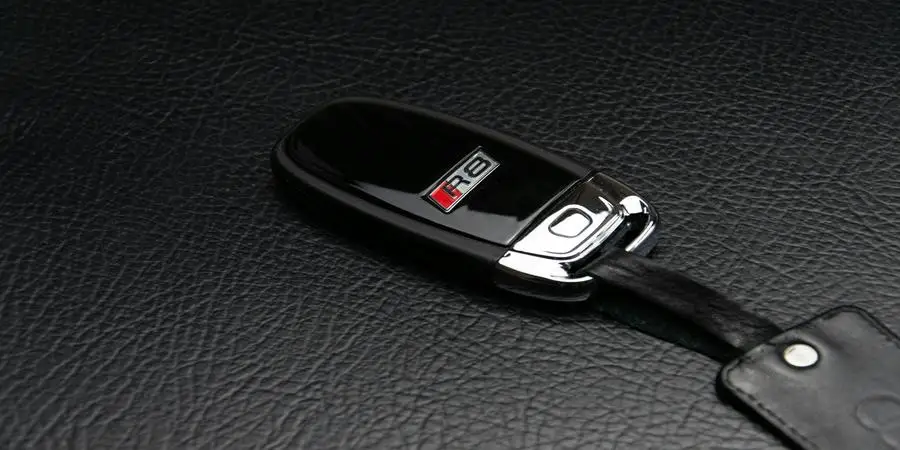As car technology has evolved, the humble car key has become less humble. Long gone are car keys consisting of a simple flat metal piece that allows you to unlock your vehicle. Modern car keys come in all different shapes and sizes, with each different type serving a different purpose. This guide will focus on explaining to you the different types of car keys you can expect to encounter, and will equip you with the necessary know-how to know which key you need, how to maintain your car keys, and what to do if your car keys are not behaving as they should.
Table of Contents:
– The evolution of car keys
– Types of car keys and their functionalities
– Programming and reprogramming car keys
– Common issues and troubleshooting tips
– Maintaining your car key for longevity
The evolution of car keys:
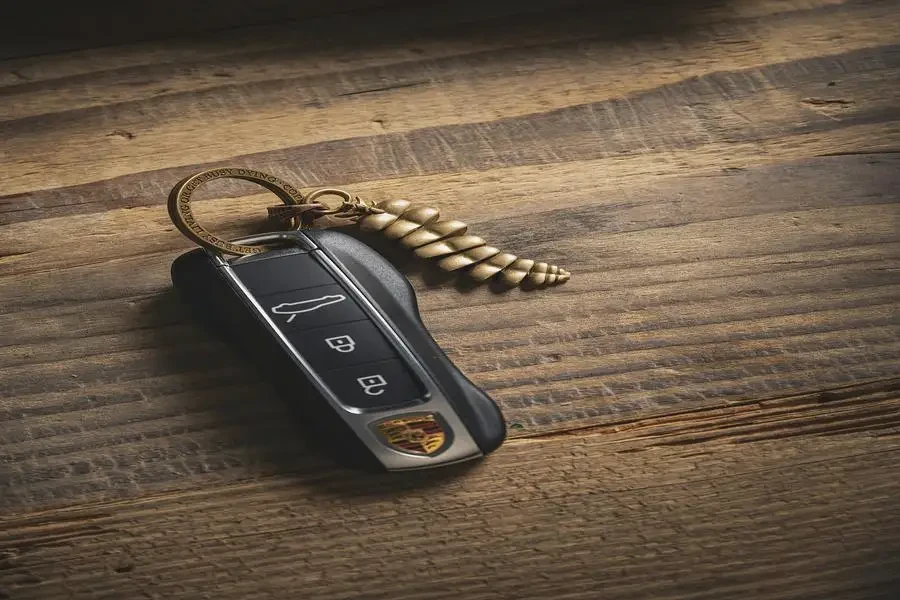
The car keys’ very evolution – from something mechanical to a key that is now all digital – is a testament to the level of automotive technology that exists in cars today. Traditionally, car keys were mechanical. Think of aligning pins inside a lock tumbler. However, as vehicle theft got more sophisticated, so did car keys. In the 1990s, in what seemed like an outright magic trick, the lock industry introduced transponder keys, which contained a microchip that communicated with the car’s ignition system. Which, of course, led to more innovations, like keyless entry and push-to-start.
Types of car keys and their functionalities:
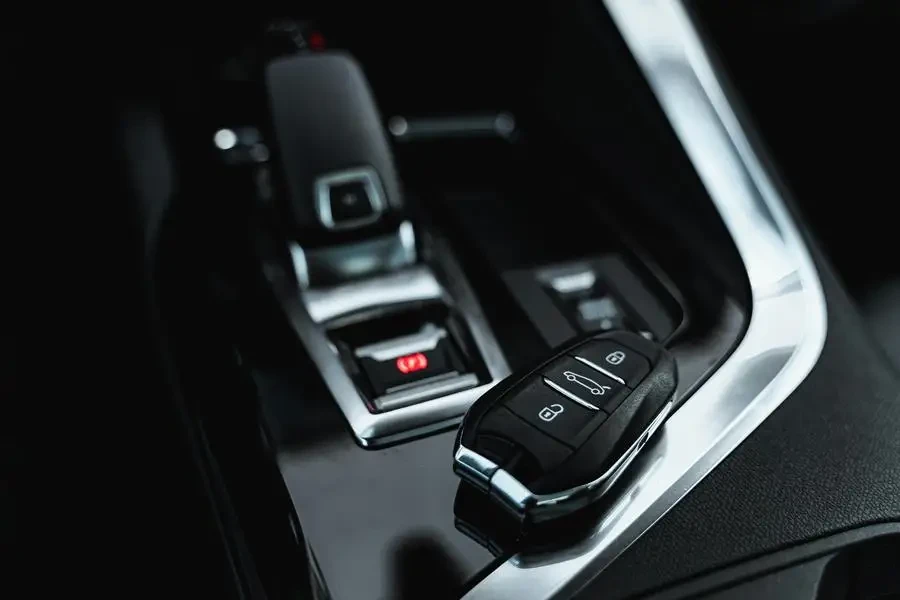
These days, depending on the make and model of your car, you can choose from normal keys, transponder keys,key fobs, or remote keys. For older makes, there are still ‘dumb’ keys that don’t do anything except provide a mechanical connection between your finger and the lock or ignition. A variation of the normal key, the transponder key is a smarter version that incorporates an ‘anti-theft’ chip that, if not present, prevents the engine from starting. The next step up from the transponder key is the key fob, or remote key. It functions much like the normal key, except that it gives the owner the option of locking and unlocking the car through a button press. The most recent innovation, the smart key, allows drivers to start their car without inserting a key into the ignition. Instead, the car uses a proximity sensor.
Programming and reprogramming car keys:
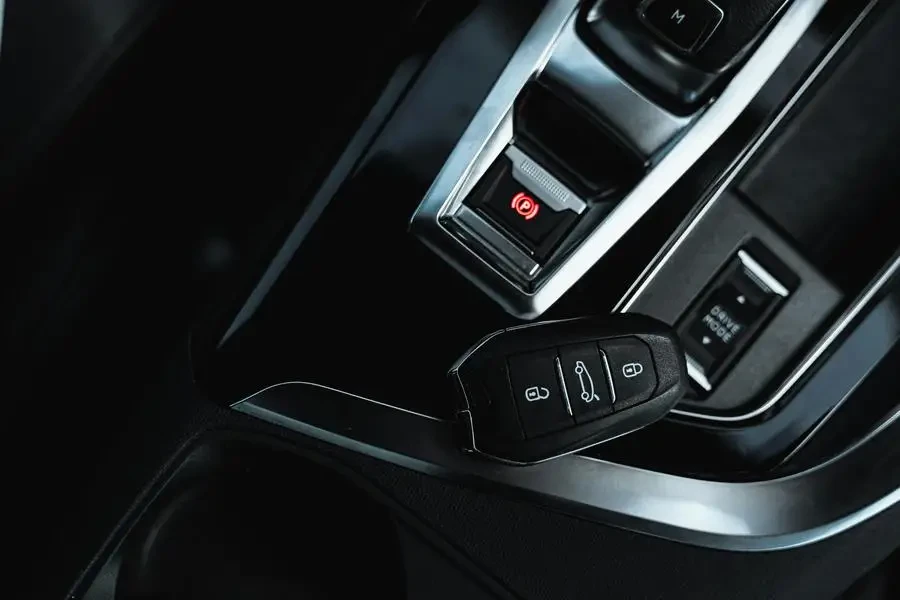
You’ll ultimately get it to work, but programming a new key or reprogramming an older key may at first be intimidating, but if you understand exactly what is happening, the process. A simple rule to follow is: if you have a new car key – especially a transponder chip or smart key – the chances are good that it needs some kind of programming to actually communicate with your car in order to start the vehicle or unlock it. This programming is typically handled by connecting the key to a car’s onboard diagnostic (OBD) port to allow synchronisation. Most of the time, this can be done at a dealership and many new keys will require a chip reprogramming device usually sorted out through the dealer. But many owners just want to get back on the road and don’t want the wait time or cost of a trip to a dealer, so they opt for DIY programming kits that come with instructions to help them along the way. However, for those with the inclination and interest, it’s really not all that complicated.
Common issues and troubleshooting tips:
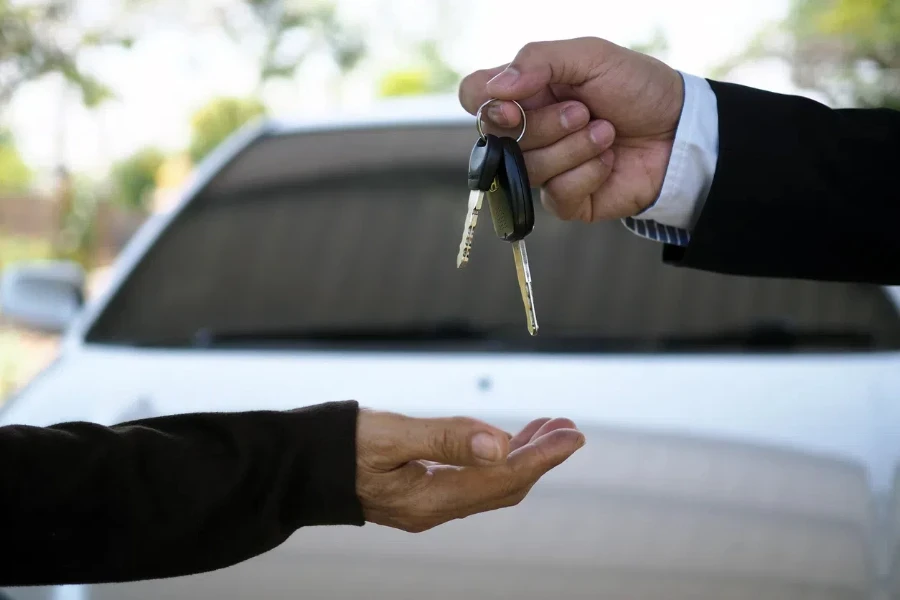
Despite all these advancements, car keys can still malfunction. Sometimes, the battery in the key fob wears out. Other times, the transponder chip inside the key fob may be damaged or no longer able to communicate with your vehicle. Or the signal between your key and vehicle may get out of sync. There are some common troubleshooting steps you can take to solve these issues. If your car key malfunction is because of a dead key fob battery, replacing that battery is an easy fix. Other more complicated issues can require a technician to correct it, whether the issue is a damaged chip or your key and car getting out of sync.
Maintaining your car key for longevity:

To keep your car key working for longer, maintaining it on a regular basis is important. One of the important habits would be to keep your key clean, as this can help to avoid situations, during which the key cannot be inserted into the car or inserted only with considerable difficulty. Other simple habits, such as avoiding exposure to extremely low or high temperatures, replacing the batteries before its expiration date, and how the key is handled, for instance by not dropping it or using it in a rough way, can keep your key work for longer, as well as the internal elements.
Conclusion:
In this article, we will be discussing keys, and how they are an important and integral component of our modern vehicles. We will explore the different types of keys available, their operation, and how to keep them well maintained. With the right information, you could make the difference between having your car run smoothly, all while keeping your security as your priority.
